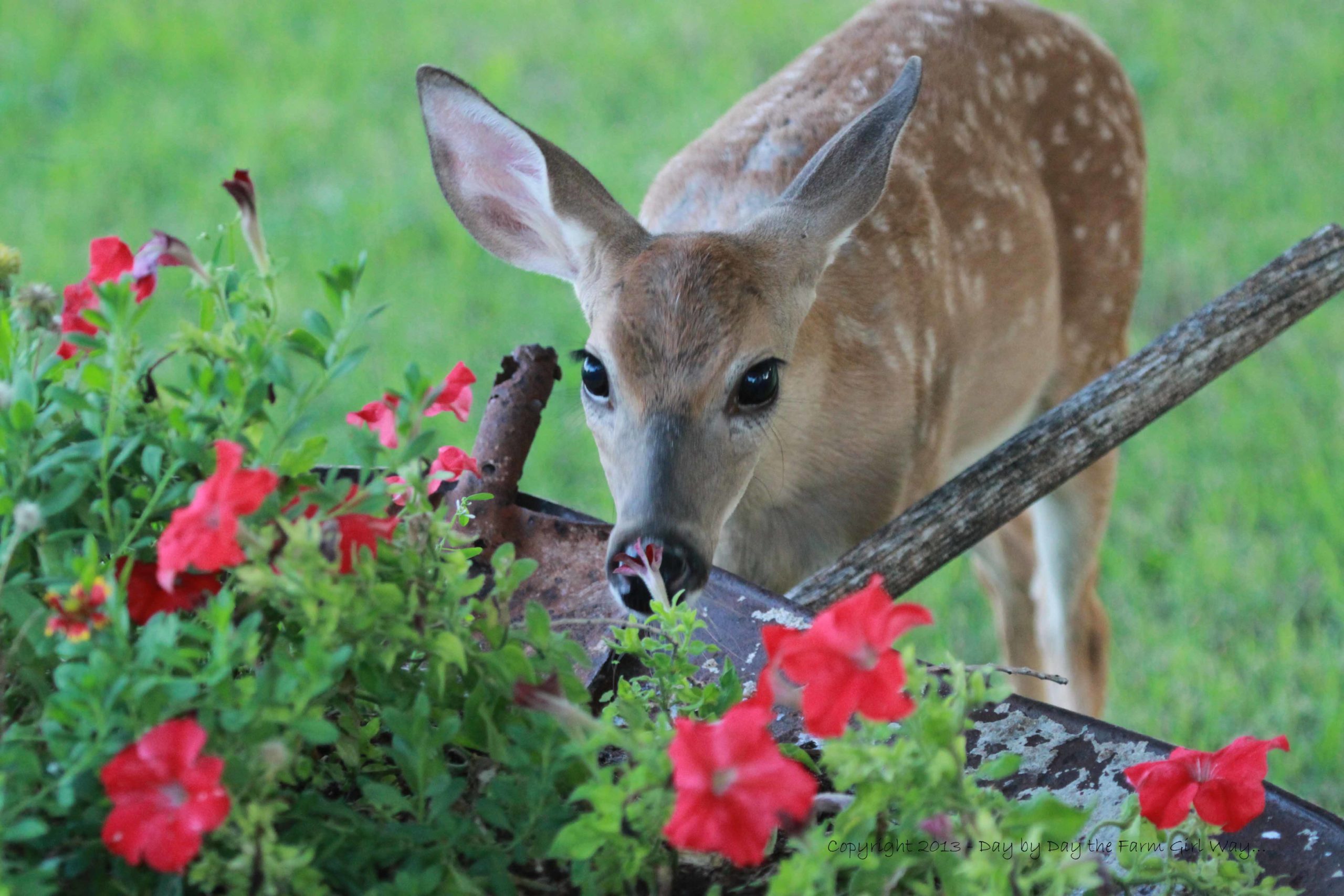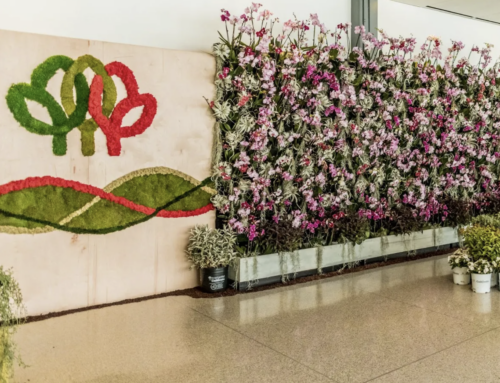For those of us not fortunate to live in a mysterious land where deer haven’t found a way to penetrate; discussion on the damage those beasts inflict is on-going. I use “mysterious” because we continue to be surprised by new locations, neighborhoods, suburban and urban environments these hooved pests infest. If we are to keep one step ahead of this herbivore harm, it seems wise to communicate what we have learned looking back at this past year of 2020.
Unlikely Plants Targeted
Most of the current, updated sources for information regarding plant susceptibility to deer feeding have wisely moved away from use of the word “resistant” to describe a plant’s vulnerability. When you see such a claim from a nursery, plant source, or organization, declaring a plant resistant may be putting their reputation on the line. A wiser trend now is to list the plant species likeliness of being eaten by deer in the range of preference, such as low to high. Based on experiences this past season, I have identified a few plants that have moved up on that scale of deer ingestion preference. Keep in mind, this is not a recommendation to avoid the use of these plants, these are wonderful plants that have much to bring to the landscape. Consider this as a caution that these plants could require protection when deer pressure gets significant.
Heuchera
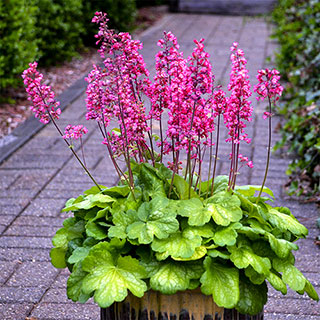
Heuchera (aka Coral Bell) continues to gain popularity as new varieties emerge on the market each year. It seems like 20 years ago, deer would pass them by en route to munch Hostas, hydrangeas, rosebuds, and the arborvitaes. Now, we find deer feed on some Heuchera varieties or at least eat the tops off. The plant’s form consists of a mound of single leaves on long, thin stems. Minus the leaf, you have a bunch of thin bare stems and not much to appreciate. The question comes to mind, was the straight species of plain green foliage Heuchera we planted years ago resistant – oops, correction – of much lower preference to deer? Plant breeders successfully hybridized Heuchera to develop an array of many unique color and texture varieties of today. As with other plants that were strategically bred to develop a specific feature, be it color, fragrance, size, or flavor – was the characteristic that made them less desirable to deer – bred out? That prompts more research and a topic we can get into in future writings.
Diervilla
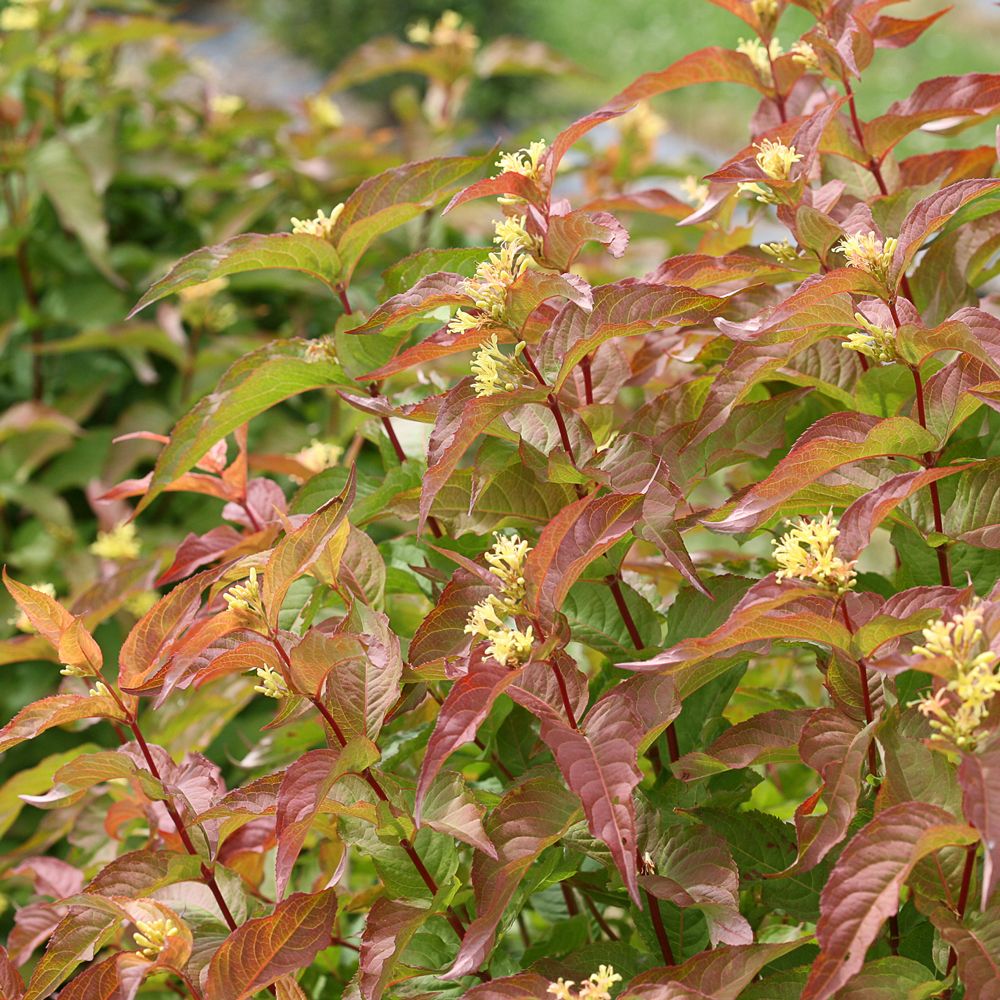
Diervilla is sometimes listed as Bush Honeysuckle, a common name many of us try to avoid for good reason. Although there are similarities – it is not honeysuckle (Lonicera) nor behaves like one. It is widely recognized that most honeysuckles are foreign invaders to North America and quickly spread into meadows, woodlands, and along stream beds choking out native plants. Diervilla is an American plant that is effectively being used in the landscape for many good reasons. The shrub has an interesting form (arching, sprawling), butterfly-loving flowers, adaptability to various soil conditions, and in recent years, some fascinating foliage colors. In a quick search, it seems many places are listing it as resistant. Unfortunately, I have had a nice small grove of Diervilla damaged by deer. It is mid-winter and food availability may be limited, but I wouldn’t call them resistant. Low preference is a better description.
Sedum
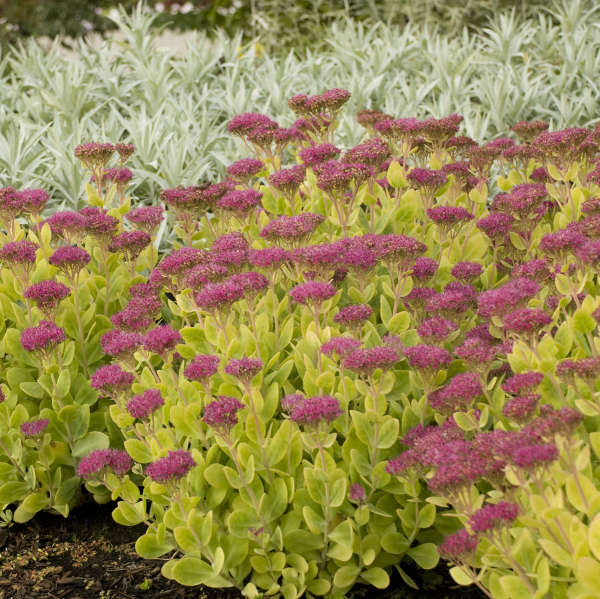
Tall, upright-form Sedum
Sedum is typically found as a low-growing groundcover (2-4” height) or an upright form (1-2’ height). I have not witnessed deer-browse on any of the low-growing varieties (‘Dragon’s Blood’, ‘Angelina’, etc.), but as for the taller sedums, deer are eating my ‘Autumn Joy’ and ‘Neon’ varieties. When I shared my discouraging discovery with a colleague, I got no sympathy but a reply, “Well sure, it is crunchy and juicy, and deer think it’s cabbage.”
Dragon’s Blood Sedum, one of the low-growing groundcover sedums.
These are a few “low-preference” plants that come to mind as a surprise in succumbing to deer this past year. Fortunately, the list is short but still should prompt close watch and even protection in this coming season. If you have been surprised this past year with damage to plants formerly regarded as “resistant” or low preference, I’d like to hear from you.
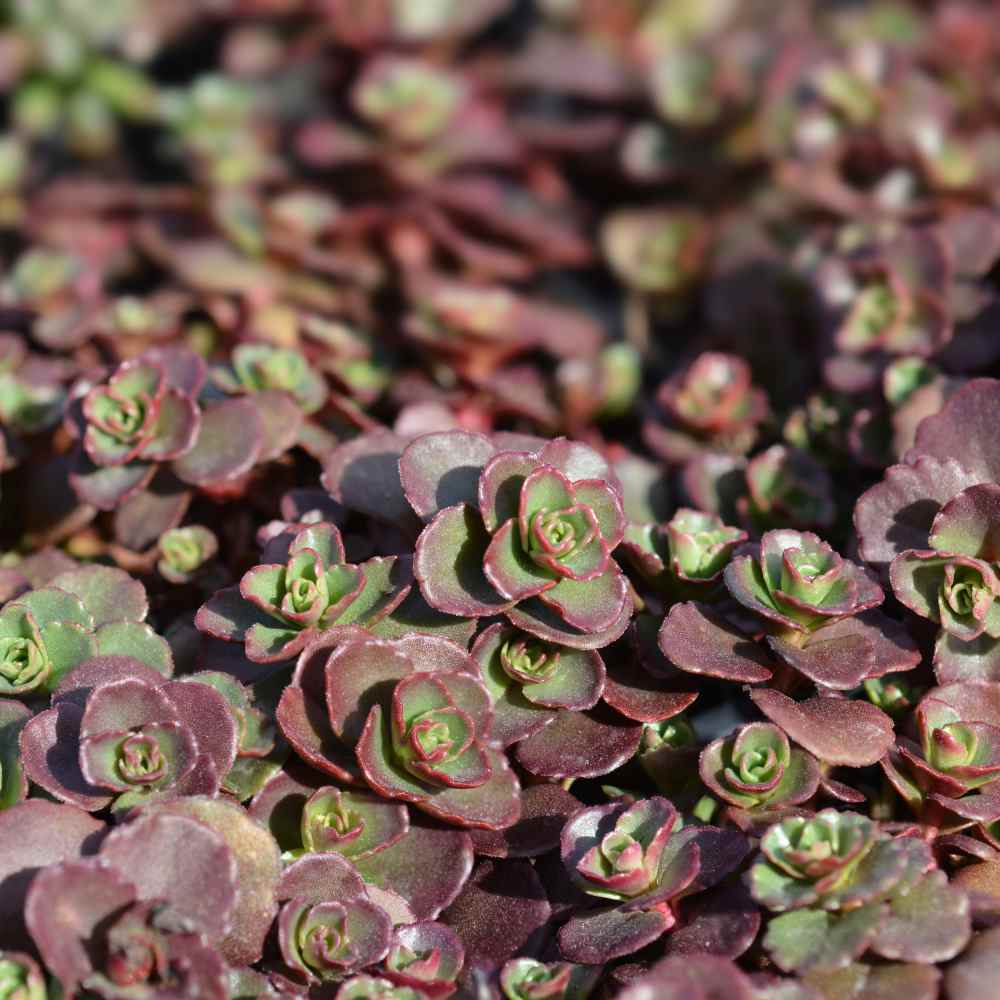
Until the next post, may the chlorophyll be with you.
-Rob McCartney, Horticulturist
Please feel free to contact me with any questions or for more info at: [email protected]

